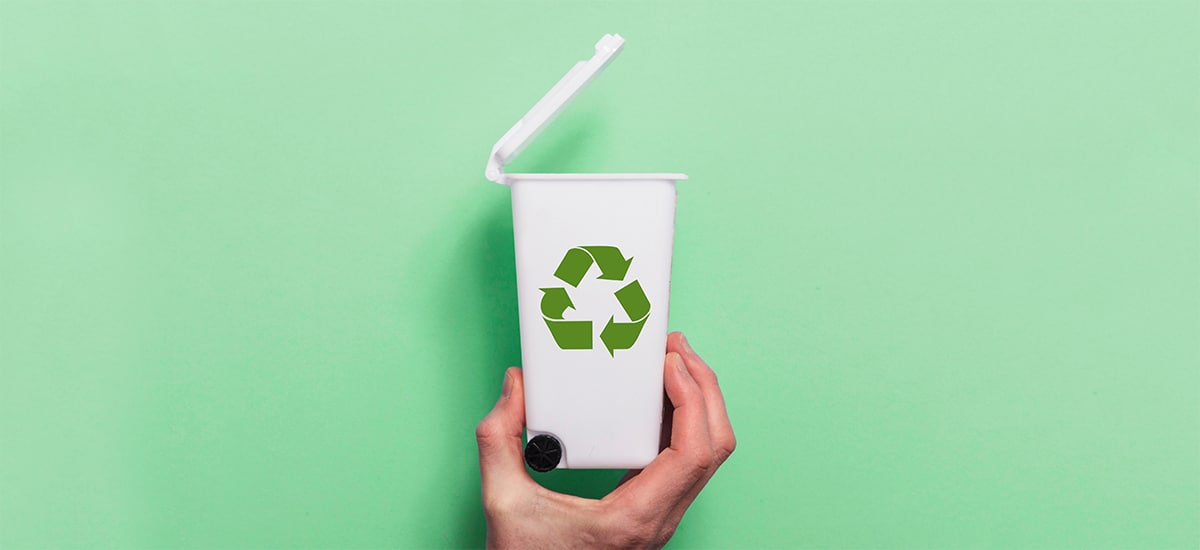
What difference does recyclable packaging make for retailers and their customers?
In Australia, we’re experiencing a society that’s becoming ever-more environmentally conscious, a government that’s just starting to regulate in this area, and the loss of our get-out-of-jail-free card in China’s refusal to accept any more of our waste. Recycling our overload of packaging has become one of the biggest issues in Australia right now.
Consumers and suppliers alike are starting to become concerned about their obligations under these new rules. But what differences will the push for recyclable packaging make for both these parties?
The first major change that many will notice is the difference in price. Recyclable packaging – especially in the food industry where ensuring food safety is paramount – is still in the experimental stage, without a complete, widespread solution. Therefore, the options that are available come with a significantly increased price tag; as creating this sort of material requires significantly more processing and resources. Using either recycled or recyclable materials in packaging is currently simply far more expensive.
Because of this added expense, and as there isn’t a complete solution when it comes to plastic food packaging, many retailers may prefer to implement alternate solutions. More sustainable packaging may translate to having less packaging, or even none at all.
On a positive note, consumers and suppliers alike have a great chance to reduce our powerful environmental impact by using such packaging. At present, Australians create 660,000 tonnes of plastic waste a year. In the past, we would send the majority of this to China to be reused there. Now China has closed its doors under the National Sword Policy, Australia is frantically attempting to create its own system of recycling.
… companies may find it has financial benefits
This means both the consumer and the supplier is responsible for helping to achieve a solution. It is the retailer’s responsibility to try and use recyclable packaging for their products if possible, and to know what impact the packaging they use has on the environment.
It is the customer’s responsibility to buy products whose packaging is recyclable and dispose of their waste properly. In the future, doing so may be more of a complex commitment for consumers, as many experimentally sustainable products made today are only conditionally recyclable or biodegradable. That is, they will only be recycled under certain circumstances.
This will often mean it is the consumer’s responsibility to work out which bin it will need to go in, including whether it needs to be returned to the custom Redcycle bins at most supermarkets.
While some businesses may be dismayed at the extra costs incumbent on making the switch, other companies may find it has financial benefits. For instance, a company called Loop, operating in Paris, France and in some cities in the US offers an alternative solution.
They have partnered with many major brands to create reusable, stainless steel containers for their products. When a participating customer order their products from an online supermarket, they are sent out in these containers, which are returned by the customer when finished with, and reused.
Not only does this eliminate packaging waste, but it also removes the continual costs of disposable packaging for these manufacturers. It is innovative solutions like this that will become more prevalent in the future.
Loop founder Tom Szaky hopes that his online shopping service can show the viability of such models, shifting packaging from being a waste product owned by the consumer to an asset that belongs to the manufacturer.
“If our mission is to eliminate waste, then recycling is not the long-term solution, it is only a Band-Aid. We need to completely rethink our relationship to products and how we shop. We need 100 ideas like Loop.”
However, such solutions take extra commitment from both the customer and the food producer. Both must support the solution for this type of ‘circular economy’ to exist.
So, whether it’s paying extra for a recyclable solution, or putting in a little extra effort when disposing or reusing packaging, this new trend needs a concerted effort from everyone involved in the retail system if it is to expand.
Equipping the food industry to grow with food processing and packaging solutions
call 1300 88 99 51
email [email protected]
room 35 Shirley Way, Epping VIC 3076
room 9 Mcilwraith St, Wetherill Park NSW 2164
room 21 Hoyle Rd, Hope Valley WA 6165
room 27 Beal Street, Meadowbrook QLD 4131
room 7 Chadderton Bvd, Epping VIC 3076
room 40 Logistics Boulevard, Kenwick WA 6107
room 25 Hayton Road, Wigram, Christchurch 8042, NZ
Connect with us on LinkedIn
